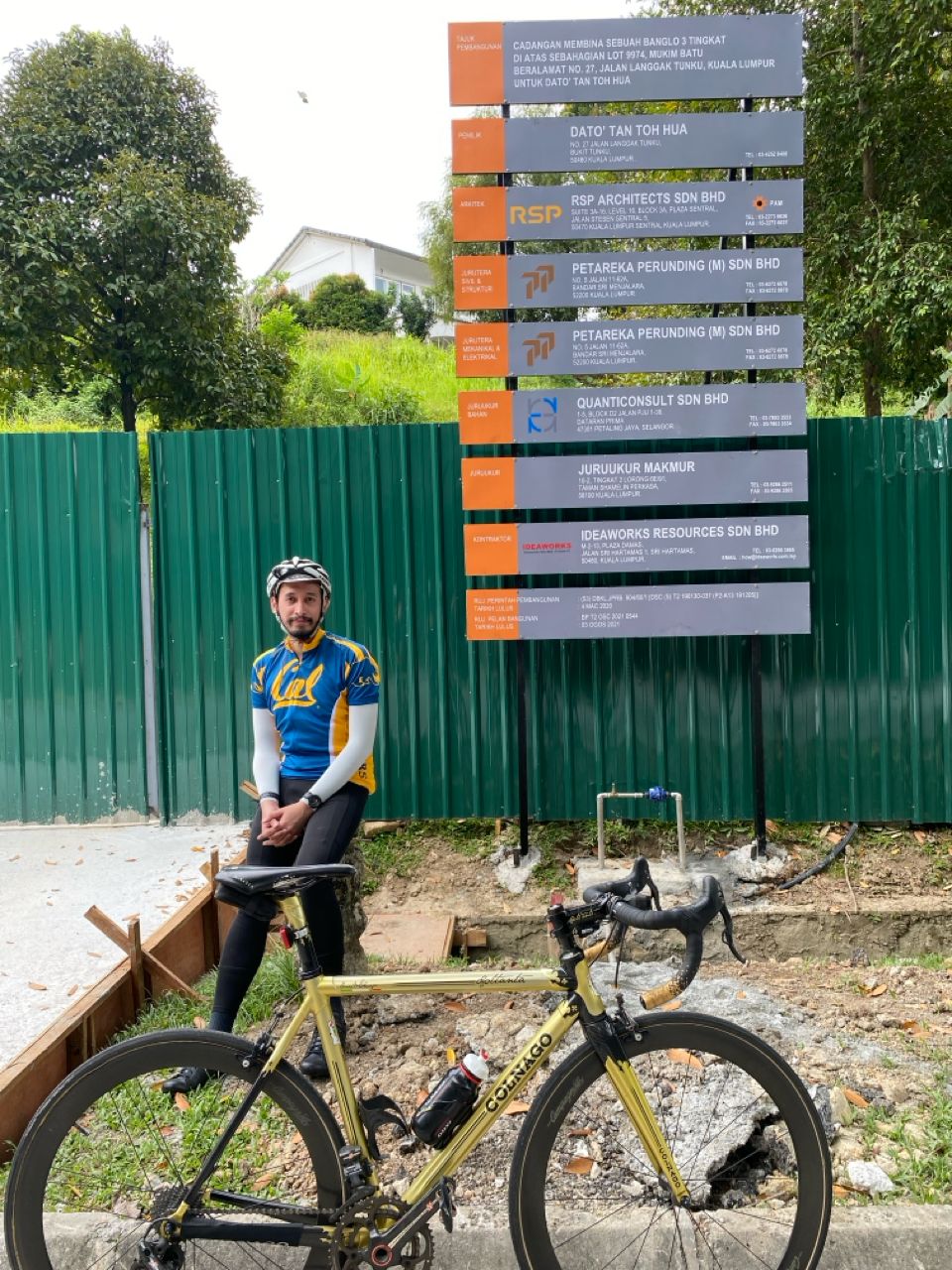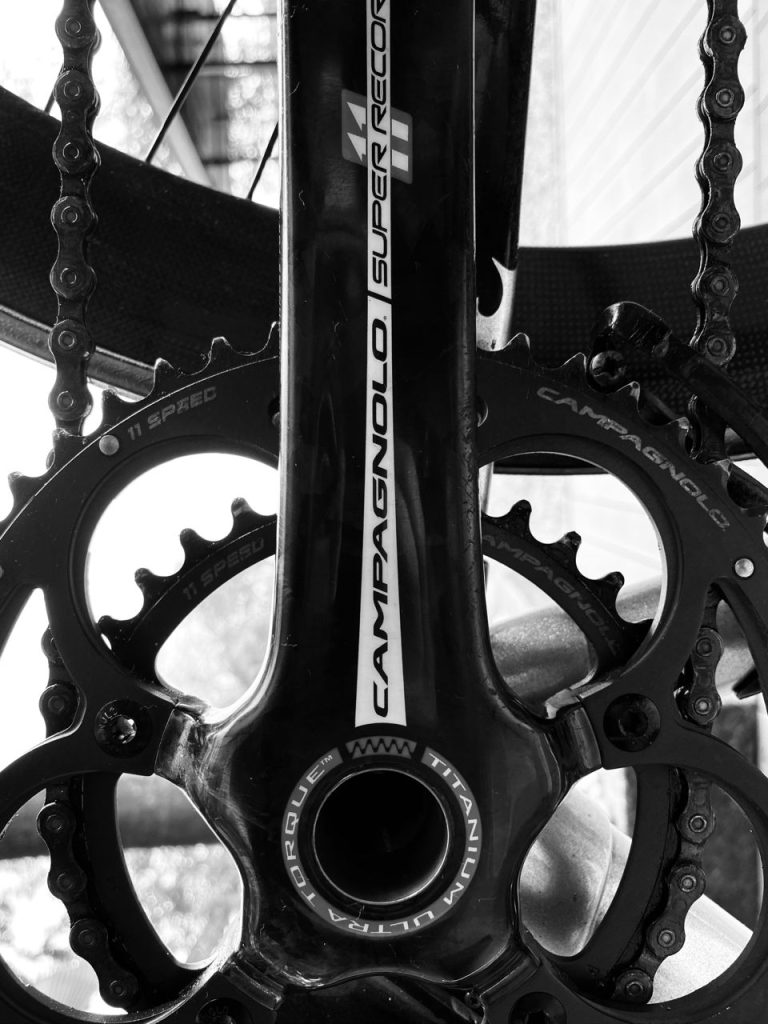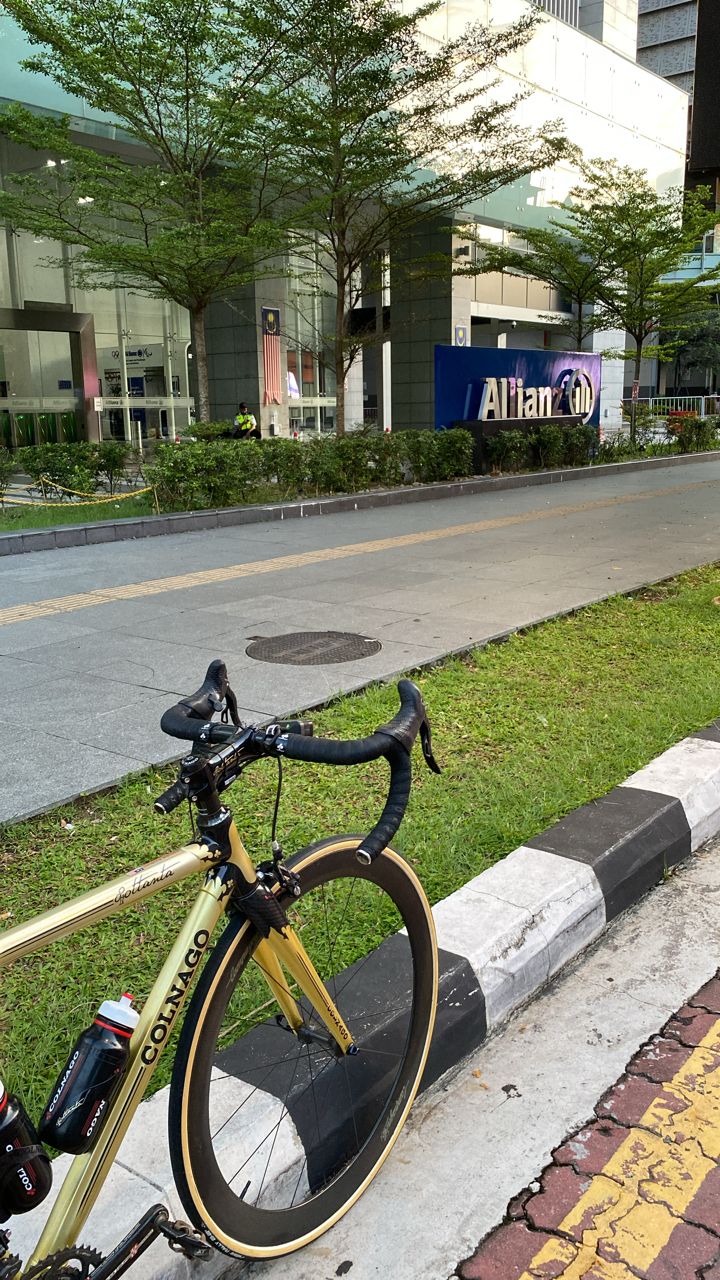Pedals and Perspectives: Exploring Architecture Through the Lens of Cycling

When Tina approached me about writing for the website’s blog, delving into the relationship between cycling and architecture, I found myself momentarily speechless. It had been over two months since I last felt the pedals beneath my feet, due to the demands of Eid celebrations and the fasting of Ramadan. But as I met her gaze, a realization struck me—I recalled the iconic image of Sir Norman Foster, energetically descending the ramp of the Reichstag on his road bike, part of Rapha brand collaboration. Reflecting on this, I couldn’t help but consider how cycling must profoundly influence the architectural perspectives of visionaries like Sir Norman Foster, akin to the way Renzo Piano’s love for boat; or sailboats.
I’ve been musing over my cycling jaunts, delving into the complexities of building tectonics and traversing masterplans of roadways, all while spinning my wheels. However, I’ve never officially penned down these musings.
I’ve been navigating these roads for eleven years now, but let’s be real—I’m no seasoned, elite, or competitive cyclist. I don’t blaze down the GCE (Guthrie Corridor Expressway) or tackle Genting Sempah with lightning speed. I choose not to and I don’t feel the need to. Cycling, for me, has always been about the experience, not the competition. And those experiences are best savored when stationary or in motion, like the slowly pan and static point single perspective shot from a Wes Anderson movie. You won’t find my rides meticulously logged on Strava (the Instagram for cyclists and fitness enthusiasts), not anymore. Cycling, for me, is simply a pastime—a gateway to my true passion: the built environment and the spaces in between.

Sure, I’ve joined a few events, mostly to have a story to tell, a badge of honor, if you will. But where I really thrive is with a small band of fellow riders, or sometimes just on my own, tracing familiar routes like old friends. When the urge for adventure strikes, it’s a tight-knit group of no more than four that I gather for the exploration of new paths, the thrill of the unknown. I am an extreme social cyclist.
The essence of these small group excursions isn’t just about camaraderie; it’s about immersing ourselves in the unfamiliar. For me, it’s a chance to feast my eyes on fresh architectural wonders— novel buildings, quirky houses, evolving neighborhoods, and masterplans that are anything but mundane, and not to forget the liminal spaces. And if the stars align, we make a pit stop at new cafes, where we can snap photos of our bikes against backdrops of pretentious polished concrete floors, tired old rustic windows, and walls adorned with the hipster’s favorite, well-structured red clay facebrick. It’s all part of the modern cyclist’s pilgrimage, where even a coffee break is an exercise in architectural critique.

Cycling has whisked me away to destinations I’d never thought to explore. My beloved routes meander through Gombak, Genting Sempah, Janda Baik, and Hulu Langat Genting Perez, enveloping you in a world of vibrant greenery and a revitalizing freshness that only nature can provide. These paths take you deep into the heart of the forest, where ancient trees stand tall, their canopy creating a natural cathedral. The chorus of wildlife echoes around you, a reminder of the simplicity and beauty of life untouched by urban sprawl. Each pedal stroke brings a sense of discovery, as if uncovering a hidden treasure trove of natural wonders. It’s a journey that not only invigorates the body but also nourishes the soul, leaving you with a profound appreciation for the beauty of the world around us, be it natural and artificial.
These paths offer a glimpse into the simple lives of the local villagers, showcasing a way of life that emphasizes living with less. Riding these routes alone or with a silent, synchronized group—where conversations take a backseat to the rhythmic breathing needed to conquer hills—can be therapeutic, even bordering on spiritual. It’s a chance to disconnect and immerse oneself in the beauty of the natural world, finding solace in the simplicity of the journey.
Lets talk Putrajaya. a favorite among many cyclists and in my opinion, it’s a relatively safe and friendly route for road cyclists, offering a unique experience. Cycling along the main thoroughfare, you’re immersed in a structured masterplan with strong axes. As you veer off onto the perimeter ring road encircling the township, you encounter hilly highways that provide fleeting glimpses of Putrajaya’s buildings. One notable sight is the AT-AT walker building, home to the MACC.
And back to my homeground, where the route is accessible as it is just outside my doorsteps, around the grounds of Bukit Damansara, Bukit Tunku, and the Kuala Lumpur city center, especially on Sundays with road closures. This route offer the whole urban and nature in a single trip in small dose of natural and artificial, enough to keep the journey isn’t as dry as
In the world of a road bike bicycle itself -road bike is more than just a means of transport—it’s a symphony of design and craftsmanship that speaks to the soul. Its frame, a marvel of engineering, is like the skeleton of a building, providing strength and support in elegant harmony. Every curve and angle of a road bike, in my case it’s the C59 Colnago is a testament to form following function, much like the architectural wonders that dot the skyline. It’s a machine that marries beauty with utility, much like a well-designed building that not only catches the eye but also serves a purpose. The components of the Colnago, from the handlebars to the wheels, are like the intricate details of a building’s facade, coming together to create a cohesive whole. The precision of its gears and the comfort of its saddle are like the finishing touches on a work of art, elevating the overall experience of riding.
Cycling has intimately connected me with environments that remain largely mentally out of reach on foot or by car. On foot, the journey to these locales is arduous and time-consuming, particularly in the sweltering heat. In a car, the rapid pace means these spaces pass by in a blur, their essence lost. It’s the deliberate, unhurried rhythm of cycling that animates these places, offering a sensory immersion that is unmatched.
Written by
Anuar Azahari
May 2024
